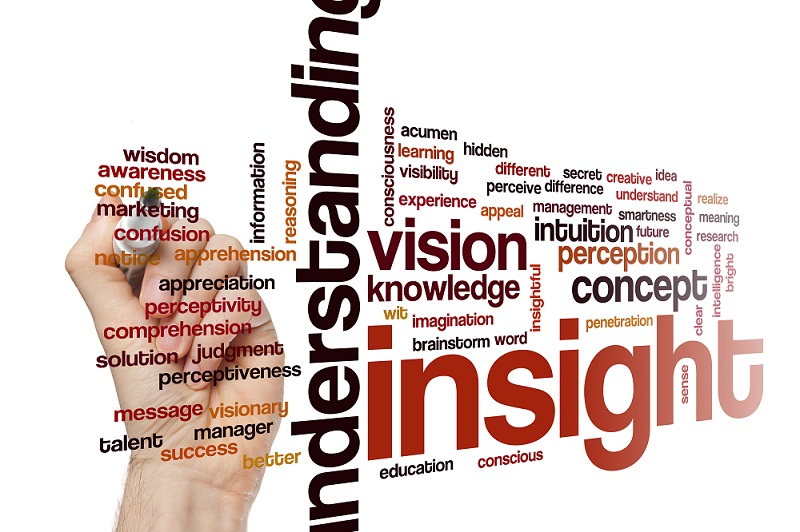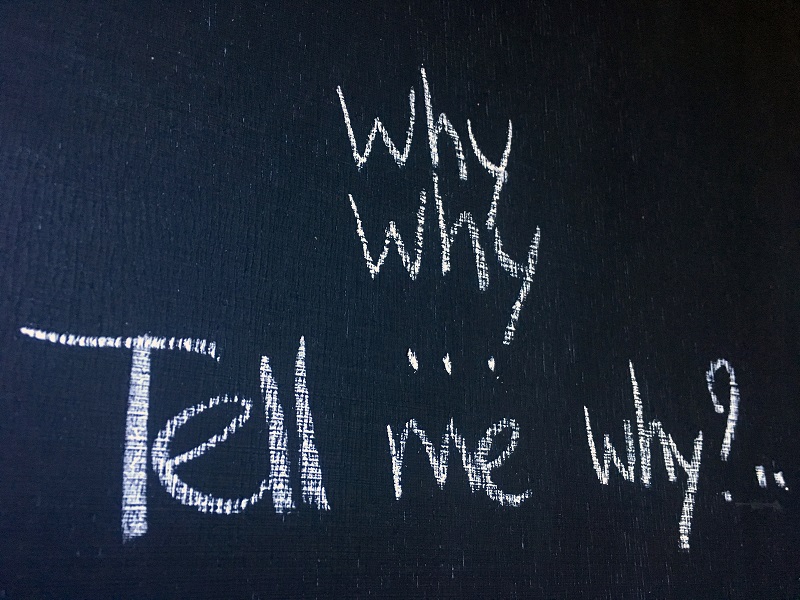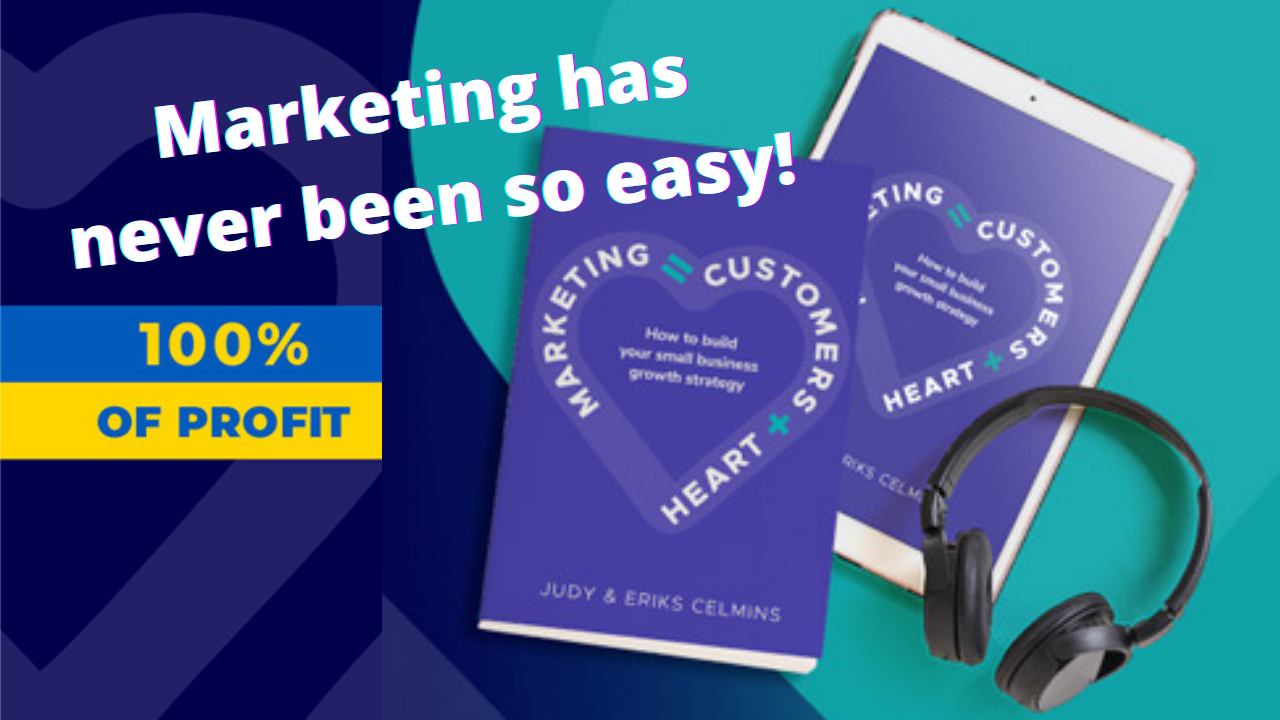Insights vs Facts: What's the Difference for Business Marketing?
In popular usage Insights is often a substitute term for Marketing Research.
We all do it! It can be seen as more contemporary, tied with the actual outcomes you receive from the research process. Fair enough.
It’s also a friendlier word to engage non-researchers in the value of the results. Instead of the image of a necessary, but possibly dull activity best left to academic experts. Just give me the data!
Highlighting what I suggest is a flawed side-effect.
The confusion between Insights and Facts.
If we wind back to the true definition of Insights, the meaning is generally agreed as ‘a deep, clear understanding or perception of someone, something, or a complex situation’.
Along with a ‘penetrating search beyond the surface of what’s obvious’. And even what you feel as ‘intuition or a Sixth Sense’.
Profiling their demographics, how often they use you, which product/service features they use, how satisfied they are, and whether or not they would recommend you to a friend and so on. All as quantified data you can easily manage in a spreadsheet.
Which is fine for surface level benchmarking and a record of behaviour and attitudes. You find out the WHO and the WHAT of your situation, but it doesn’t really explain the WHY.
Because in our ultra-competitive, 24/7 world, it’s the Insights – the deep understanding of your audience, below the surface, that give you rocket fuel. For continuous improvements and creative innovations, to stay ahead of your competitors.
The problem is also that Facts are often not exclusive to you. Industry measurement data certainly isn’t, as everyone has access to the same information.
Your real competitive edge comes from outside the spreadsheet!
And in the digital & social-engagement economy, every business is essentially a media-publisher. As well as providing information, it’s always Show-Time! Your content & ad campaigns are just like any entertainment brand.
Does your content make them laugh or cry? Provide an escape from a busy, stressful routine. Is it an energising pick-me-up or relaxing chill-me-down? Do you know WHAT your audience is feeling and WHEN?
Looking for the best way to connect with people, at their emotional and lifestyle touchpoints?
And how do people relate to your content talent, characters and brand-faces. Are they strangers, friends, inspiration, pranksters, heroes, story-tellers, stirrers, family, or soul-mates? If you don’t know, you need to find out. So your content, promotions and messaging are resonating with your target, and not singing off-key.
As an example of the differences between Insights and Facts, think about your relationships with family & friends.
On one level you have lots of basic Facts about their age, where they live, what’s their job, what they do on their time-off, what are their hobbies etc. Which you mostly take for granted and instinctively draw on when planning activities and social events. And actually, is just the sort of hard information many entertainment brands keep in a database of their audience or subscription members, for similar reasons.
BUT you also have deeper, more intimate Insights into what makes your family & friends tick. Like WHY they chose their career - was it a childhood dream, or was it shaped by an adult experience? What emotional needs drive their recreation activities? Or how they feel about their life, their hopes, fears and aspirations. What should you do to improve the relationship after an upset?
Because when you’re developing and maintaining this most precious connection with another person, you’re constantly nurturing your interactions, adjusting what you say to them, and how you socialise with them. So you don’t lose the relationship – miscommunication or neglect causing it to wither on the vine.
It’s just the same when you’re in the business of entertaining people. How can you relate to them, and understand their needs at any given moment? To make them smile, keep them company, help them chill, if you don’t have those real Insights into their Hearts & Minds.
And how did you acquire Insights into your family & friends ? Did you send them one of those cold, impersonal, feedback forms? Thought so … It comes from conversations over time. Simply being with them, talking, sharing stories, offering and receiving help in the tough times. Workmates develop friendships during the breaks and after-hours through chatting. First dates only progress further with open communication and trust.
Social media has of course amplified and accelerated our ability to form or revive personal relationships. Though I wonder, amongst all the privacy and commercial exploitation concerns, if we’re now going back to being more selective again. Valuing quality over quantity, personal over crowd. And that online interaction will go more private, when we’re separated by physical distance.
Insights vs. Facts
Like the difference between EQ and IQ.
We hear a lot about the need to develop our Emotional Intelligence in business - cultivating the ability to empathise with others while being in touch with our own emotions. Bringing a range of benefits from staff, stakeholder, and consumer relationships through to leadership skills, and simply a better balance for our personal development.
A finely-tuned EQ, based on Insights, is critical to success.
No point in just having high IQ with piles of Facts. Of course they play a necessary role. But they don’t have the exclusive, deeper, ‘beyond the surface’ meaning to differentiate your special X-factor, and pull ahead of competitors.
Now you have Insights, you need to turn them into your Marketing Growth Strategy,
we've laid it out for you in our book Marketing = Customers + Heart.





